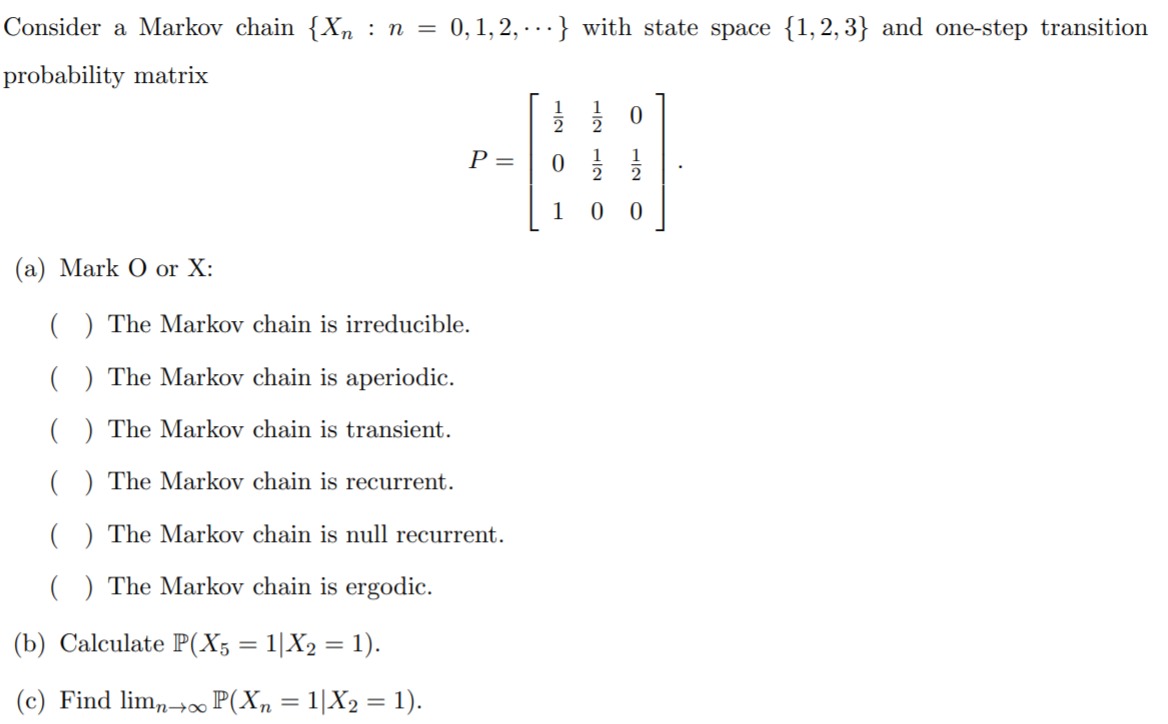Question
Ali Company and Bill Company entered into a semi-annual pay plain vanilla interest rate swap with a nominal value of $8,000,000. Bill offered to pay
Ali Company and Bill Company entered into a semi-annual pay plain vanilla interest rate swap with a nominal value of $8,000,000. Bill offered to pay Ali a fixed annual rate of 2.75% (with semi-annual compounding). The remaining life of the swap is nine months. Assume the six-month LIBOR rate observed three months ago was 2.6% with semi-annual compounding. Today's three and nine month LIBOR rates are 2.526% and 2.846% (with continuous compounding). The implied forward rate is 3.0287% with semi-annual compounding. What is the value of the swap to Bill Company using the FRA methodology? Do not round intermediate calculations.
A.$4,950
B.$2,009
C.-$1,407
D.$5,613
Ali Company and Bill Company entered into a semi-annual pay plain vanilla interest rate swap with a nominal value of $8,000,000. Bill offered to pay Ali a fixed annual rate of 2.75% (with semi-annual compounding). The remaining life of the swap is nine months. Assume the six-month LIBOR rate observed three months ago was 2.6% with semi-annual compounding. Today's three and nine month LIBOR rates are 2.526% and 2.846% (with continuous compounding). The implied forward rate is 3.0287% with semi-annual compounding. What is the present value of the net cash flow (or payoff) at nine months point to Bill Company?
A.$4,556
B.$4,913
C.$8,904
D.$10,913



Step by Step Solution
There are 3 Steps involved in it
Step: 1

Get Instant Access to Expert-Tailored Solutions
See step-by-step solutions with expert insights and AI powered tools for academic success
Step: 2

Step: 3

Ace Your Homework with AI
Get the answers you need in no time with our AI-driven, step-by-step assistance
Get Started


